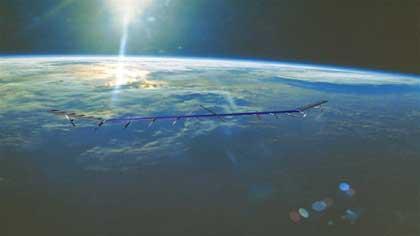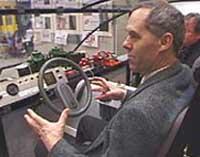Driverless cars, a little closer
2008/04/13 Lakar Iraizoz, Oihane - Elhuyar Zientzia
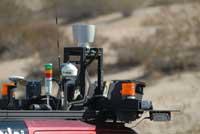
Without driver? But how is the driver's work replaced? That is, what do cars need to see, interpret and decide what they have to do? They need the collaboration of a lot of tools: radar emitters, lasers, sensors and stereo cameras to fulfill the function of the eyes. What is seen is collected by a software that combines information to obtain a three-dimensional image of what surrounds the car. The image is constantly updated so that the software is permanently informed of what surrounds it.
For example, if a car detects a large object on the road it interprets that it is a stopped car. Stops and analyzes the distance between the stopped car and the traffic light, the stop sign or the nearest crossing, as it allows you to know why the previous car has stopped. If you do not detect an intersection or spend time without the car moving, the car decides that the one in front is broken or parked and advances.
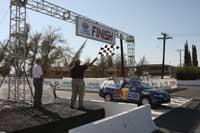
Cars, cold competitors
The race consisted of a journey of about a hundred kilometers in a maximum time of six hours. Each car was included with a map in the software indicating the point of the city to pass through. Thus, autonomously, cars had to be able to walk the streets, to respect traffic rules and, most difficult, not to collide with the mobile objects around them.
To choose the race route, vehicles first combined the map, starting point and mandatory crossing points. Despite the choice of a specific route, sometimes they had to adapt depending on the discomfort encountered. In addition, they made cars pass through areas outside the map, so that they only use their sensors.
The competition was attended by eleven teams formed by university researchers and teams from the robotics, automotive and defense industry. The winner was a team formed by a team from Carnegie Mellon University and the company General Motors, which took two million euros of prize from the United States Ministry of Defense.
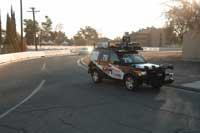
The Ministry of Defense, however, did not remain in empty hands, but will use the machinery of the winning car for the manufacture of vehicles, for the collection of wounded in war zones, supply of troops, reconnaissance missions, etc.
It cannot be denied that for many robotics researchers, designing a car of these characteristics is a very attractive challenge and competing with cars of similar characteristics. If this challenge did not exist, we do not know if robotics would be so advanced. Tools and resources that initially had a military objective are also very integrated in our daily life such as GPS systems.
Published in 7K.

Gai honi buruzko eduki gehiago
Elhuyarrek garatutako teknologia





